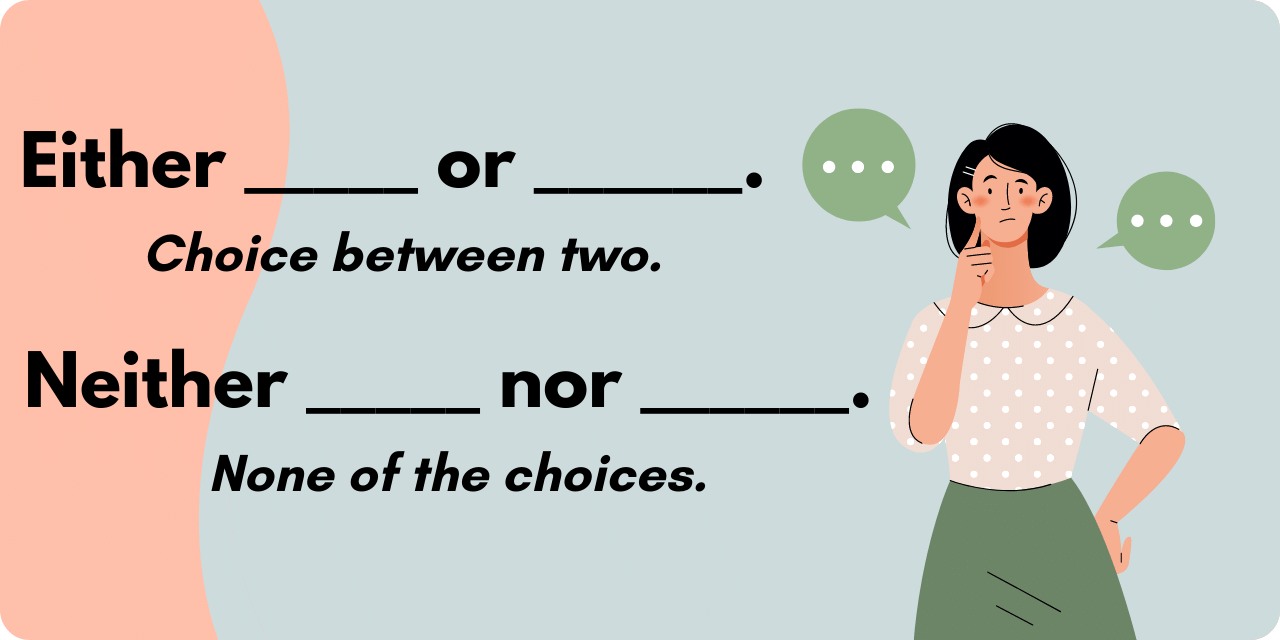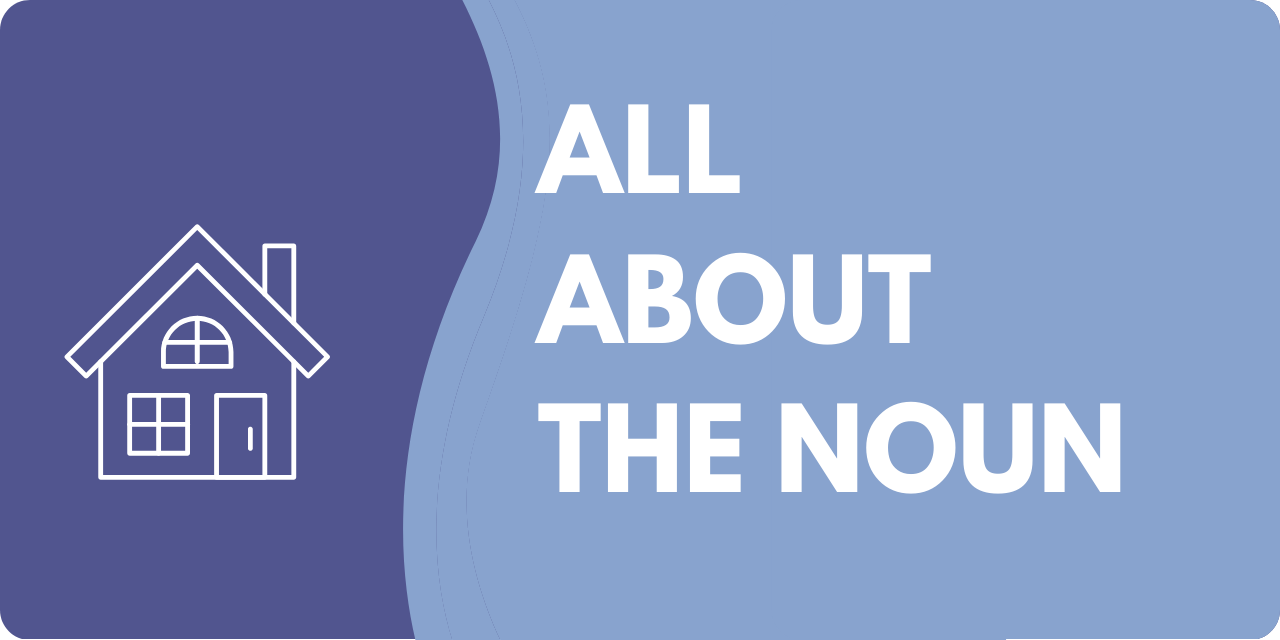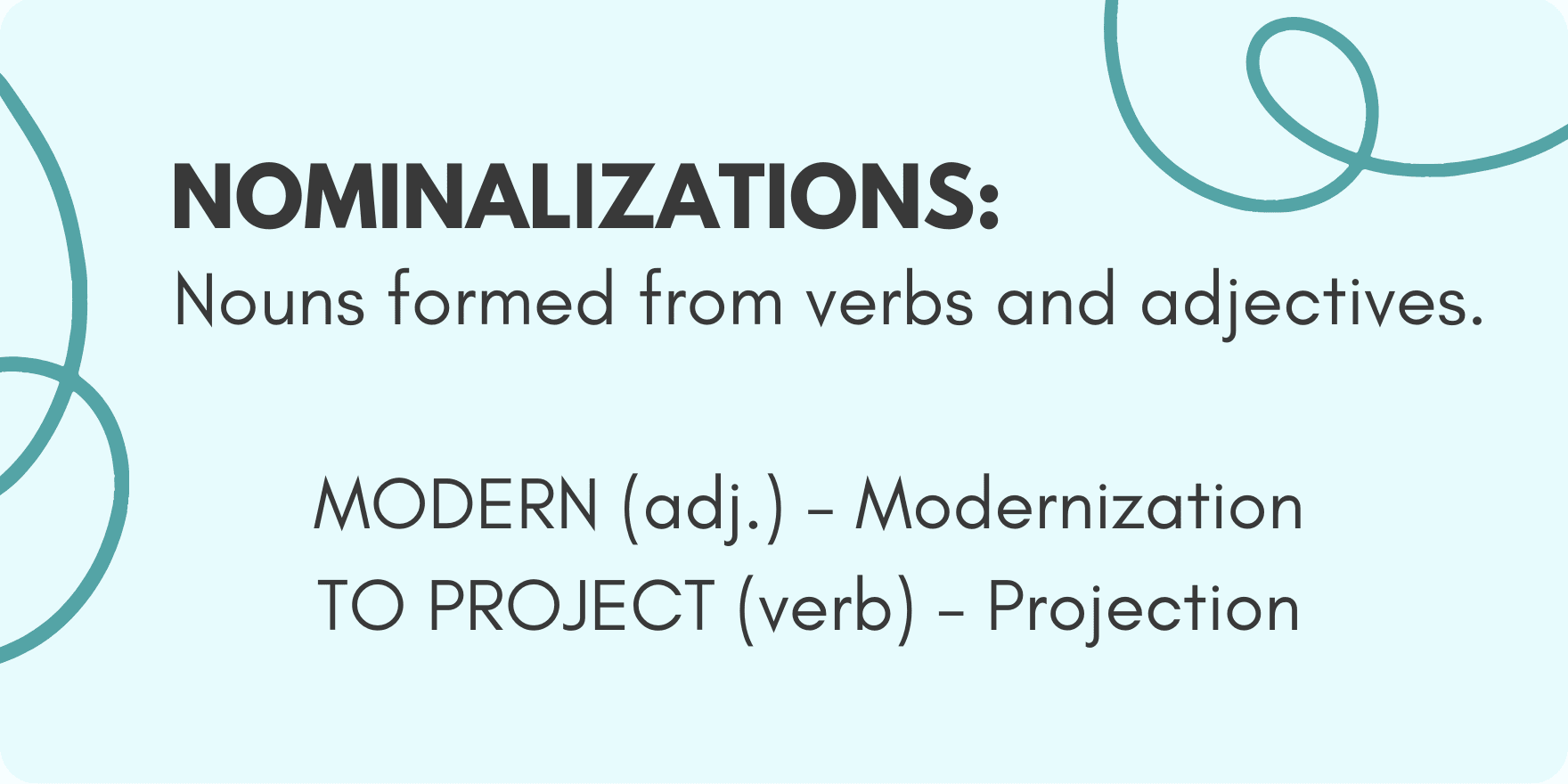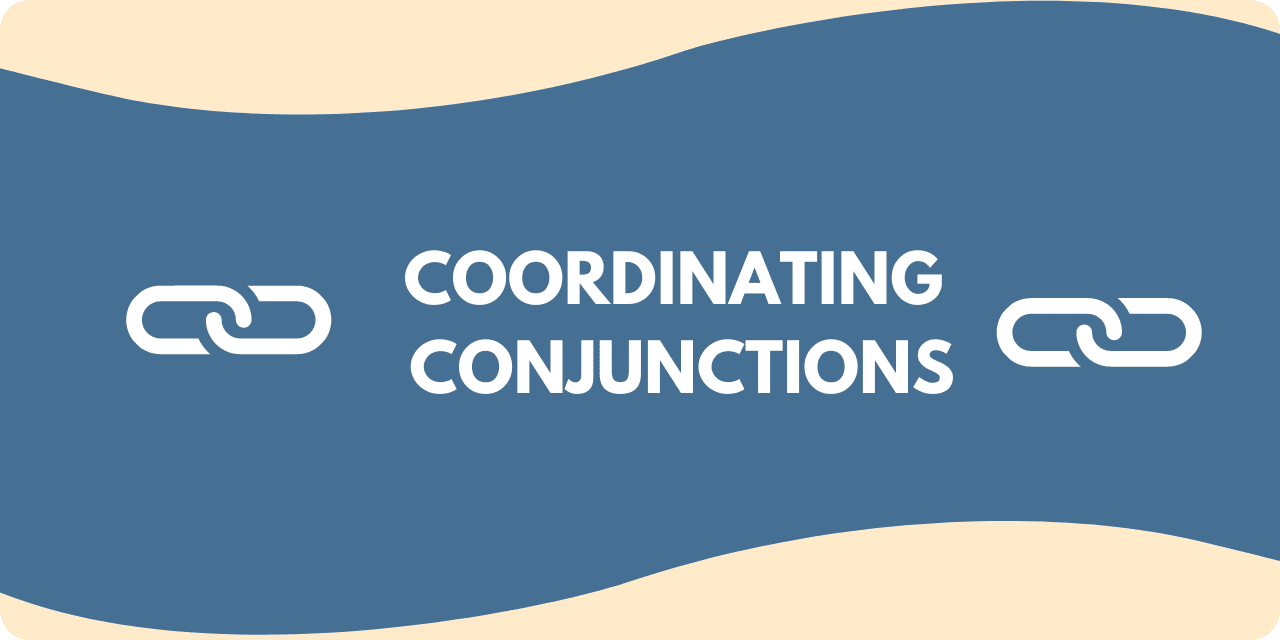When presenting two alternatives, you’ll often use a “neither … nor” or an “either … or” construction. Here’s how these constructions work in a sentence:
You can choose either pancakes or waffles for your breakfast.
My dad’s car is neither brown nor green.
Either is used to present possibilities that are both valid and true; it’s used in an affirmative sense. Meanwhile, neither is used to present things that aren’t valid or true. It’s used in a negative sense. These concepts are pretty straightforward, but you might still have a few questions on using these constructions correctly.

Can You Use “Neither … Or”?
You’re likely to have come across sentences like this one before:
I’m neither sad or mad.
However, this sentence is not grammatically correct. It should be written as, “I’m neither sad nor mad.” For some people, though, this sounds much too formal or even archaic. In this case, you could rewrite the sentence as, “I’m not sad, and I’m not mad.”
Can You Use “Neither … Nor ” and “Either … Or” With More Than Two Items?
You might be curious about whether you can use these constructions to discuss more than two items.
She’ll have to decide on either Tuesday, Wednesday, or Thursday.
There’s neither coffee, tea, nor kombucha.
Although grammarians tend to disagree on whether or not the types of sentences shown above are technically correct, there’s a long history of both “neither … nor” and “either … or” being used for three or even more items. But if you’re writing for an especially formal publication, it’s best to err on the side of caution and stick to only two items when using “neither … nor” and “either … or.”
Additional Rules for “Neither … Nor” and “Either … Or”
When using these constructions, figuring out verb agreement can be a bit of a challenge. Here’s a simple guide!
If Both Elements Are Singular, Use a Singular Verb
If you’re presenting two singular alternatives, use a singular verb. (Both elements must be singular.)
Either Shawna or Timmy has hidden the candy.
Neither the plane nor the jet is fast enough.
If One (or Both) Elements Are Plural, Use a Plural Verb
Use a plural verb in the case that one or both alternatives are plural.
Either the girls or the boys have hidden the candy.
Neither the planes nor the jets are fast enough.
Omit “Either” But Not “Neither”
In many cases, it makes sense for a sentence not to include the word “either.”
Shawna or Timmy has hidden the candy.
The girls or the boys have hidden the candy.
While omitting “either” can be grammatically correct, the same is not true for “neither.” Without “neither,” “nor” is unable to stand on its own.
Main Takeaways
Here are some final rules of thumb to keep in mind when using “neither … nor” and “either … or.”
- “Either … or” is used for valid and true possibilities.
- “Neither … nor” is used for invalid and untrue possibilities.
- Never pair either with nor.
- Never pair neither with or.
- Nor can only be used when neither is also present (Some say that “not … nor” is also a valid construction, but it’s safer to stick with “neither”).






